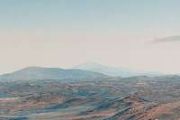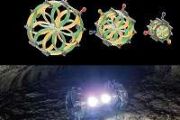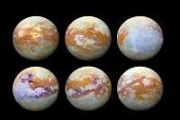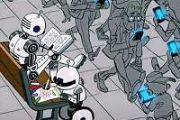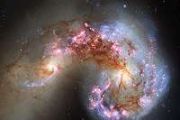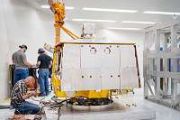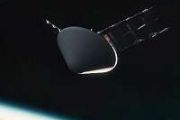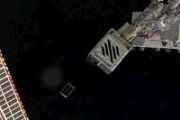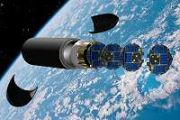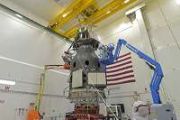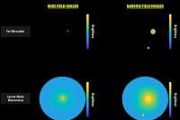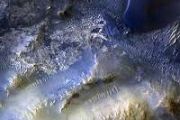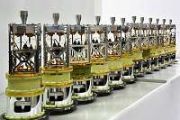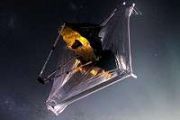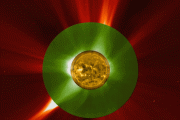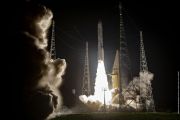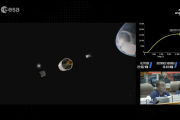
Copernical Team
PLD Space advances MIURA 5 launch capability with TEPREL C engine tests
 PLD Space has reached a critical milestone in the development of its MIURA 5 orbital launcher by completing integrated testing of its TEPREL-C rocket engines. This progress marks a significant step toward the start of the engine's flight qualification campaign, which is slated to begin at the end of June.
The Spanish aerospace company emphasizes propulsion as the foundation of its technolo
PLD Space has reached a critical milestone in the development of its MIURA 5 orbital launcher by completing integrated testing of its TEPREL-C rocket engines. This progress marks a significant step toward the start of the engine's flight qualification campaign, which is slated to begin at the end of June.
The Spanish aerospace company emphasizes propulsion as the foundation of its technolo Rocket Lab completes eighth Electron launch of 2025 deploying fifth iQPS satellite
 Rocket Lab has successfully executed its 66th Electron mission, deploying the QPS-SAR-11 satellite for the Institute for Q-shu Pioneers of Space (iQPS). The launch marks Rocket Lab's second mission for iQPS in just 25 days and its fourth overall, all completed with full mission success.
Lifting off from Launch Complex 1 in Mahia, New Zealand at 15:31 UTC on June 11, the mission-titled "The
Rocket Lab has successfully executed its 66th Electron mission, deploying the QPS-SAR-11 satellite for the Institute for Q-shu Pioneers of Space (iQPS). The launch marks Rocket Lab's second mission for iQPS in just 25 days and its fourth overall, all completed with full mission success.
Lifting off from Launch Complex 1 in Mahia, New Zealand at 15:31 UTC on June 11, the mission-titled "The The proposed NASA budget cuts would decimate American science, an expert says
This request seems a bit unusual, so we need to confirm that you're human. Please press and hold the button until it turns completely green. Thank you for your cooperation!
Press and hold the button
If you believe this is an error, please contact our support team.
185.132.36.159 : 13737fce-ce82-4dd1-8814-3e2f0ab3
Solar Orbiter gets world-first views of the Sun’s south pole
 Video:
00:01:55
Video:
00:01:55
What if we could look at the Sun from a whole new angle, one we've never seen before?
From Earth, we always look towards the Sun's equator. This year, the ESA-led Solar Orbiter mission broke free of this ‘standard’ viewpoint by tilting its orbit to 17° – out of the ecliptic plane where the planets and all other Sun-watching spacecraft reside. Now for the first time ever, we can clearly see the Sun’s unexplored poles.
Using different instruments, Solar Orbiter can see what happens throughout the Sun's outer layers. The material in these layers never stays still, being
BlackSky Gen-3 delivers very hi-res imagery at warfighting speed - 12 hours after launch
 BlackSky Technology Inc. (NYSE: BKSY) has delivered the first very high-resolution images from the company's second Gen-3 satellite just 12 hours following its successful launch last Monday.
"In today's national security environment, BlackSky's customers require space-based intelligence that moves at warfighter speed," said Brian O'Toole, BlackSky CEO. "BlackSky's newest Gen-3 satellite ha
BlackSky Technology Inc. (NYSE: BKSY) has delivered the first very high-resolution images from the company's second Gen-3 satellite just 12 hours following its successful launch last Monday.
"In today's national security environment, BlackSky's customers require space-based intelligence that moves at warfighter speed," said Brian O'Toole, BlackSky CEO. "BlackSky's newest Gen-3 satellite ha China testing orbital refueling procedures for satellite missions
 China is positioning a satellite to test its ability to refuel another in orbit over Earth and extend its mission for several more years.
China's Shijian-25 satellite is designed to refuel and service other satellites while they stay in geostationary orbit over Earth, SpaceNews reported.
A geostationary orbit is one in which a satellite or another spacecraft maintains its locatio
China is positioning a satellite to test its ability to refuel another in orbit over Earth and extend its mission for several more years.
China's Shijian-25 satellite is designed to refuel and service other satellites while they stay in geostationary orbit over Earth, SpaceNews reported.
A geostationary orbit is one in which a satellite or another spacecraft maintains its locatio Solar Orbiter gets world-first views of the Sun’s poles

Thanks to its newly tilted orbit around the Sun, the European Space Agency-led Solar Orbiter spacecraft is the first to image the Sun’s poles from outside the ecliptic plane. Solar Orbiter’s unique viewing angle will change our understanding of the Sun’s magnetic field, the solar cycle and the workings of space weather.
SpaceX launches Starlink mission while Axiom Space waits out weather
This request seems a bit unusual, so we need to confirm that you're human. Please press and hold the button until it turns completely green. Thank you for your cooperation!
Press and hold the button
If you believe this is an error, please contact our support team.
185.132.36.159 : 509407c5-4d72-4aa9-b047-b85809df
SpaceX plans up to 76 Starship launches annually from old Delta IV launch site
This request seems a bit unusual, so we need to confirm that you're human. Please press and hold the button until it turns completely green. Thank you for your cooperation!
Press and hold the button
If you believe this is an error, please contact our support team.
185.132.36.159 : 05fceace-da9f-487a-a8fc-b1e722fb
Chinese rocket delivers e-commerce packages in sea recovery test
 A Chinese private rocket firm has successfully tested transporting packages from Taobao, one of the country's largest e-commerce platforms, using a reusable rocket. The rocket was later recovered from the sea, marking a significant advancement in commercial space logistics.
SEPOCH, a Beijing-based startup, completed its inaugural "rocket delivery" experiment on May 29 when its XZY-1 verifi
A Chinese private rocket firm has successfully tested transporting packages from Taobao, one of the country's largest e-commerce platforms, using a reusable rocket. The rocket was later recovered from the sea, marking a significant advancement in commercial space logistics.
SEPOCH, a Beijing-based startup, completed its inaugural "rocket delivery" experiment on May 29 when its XZY-1 verifi 

